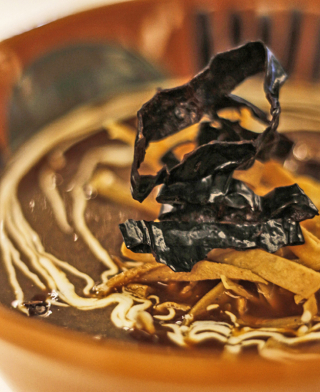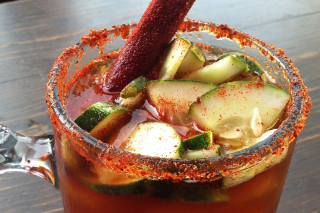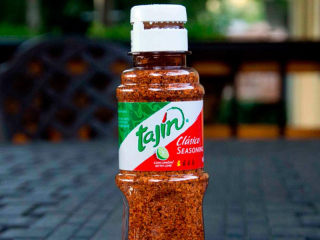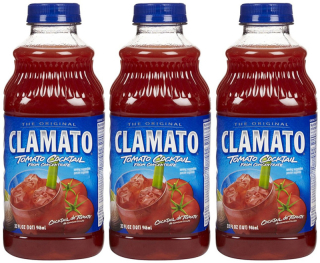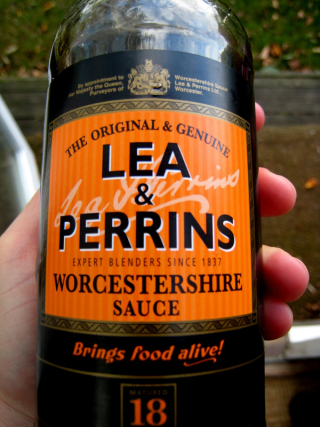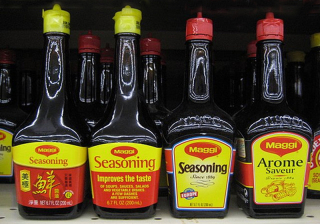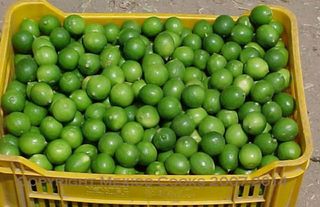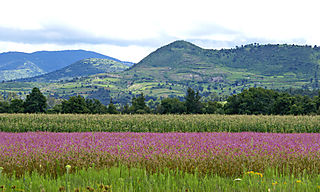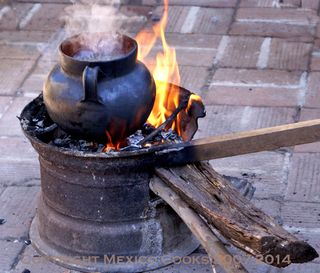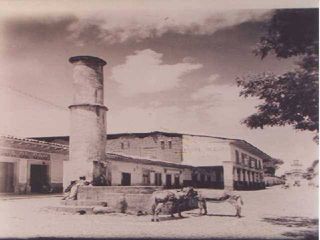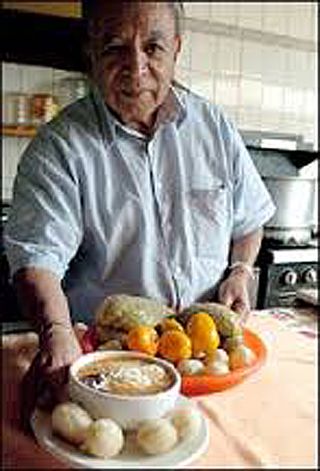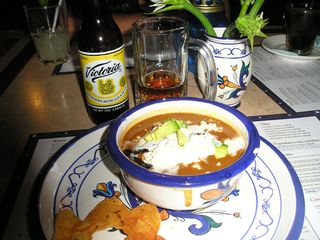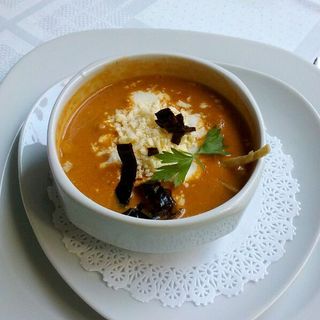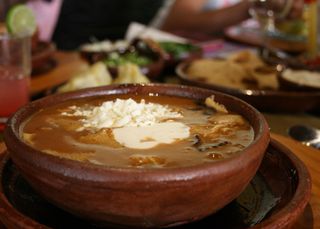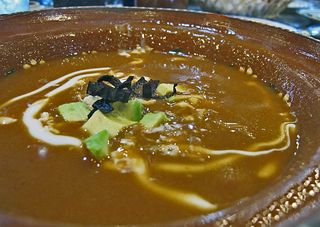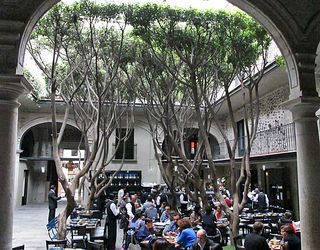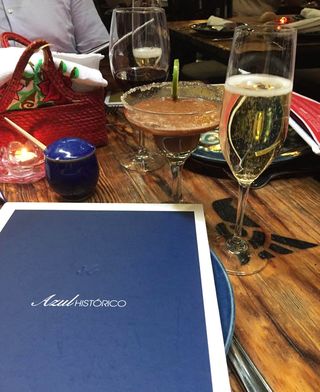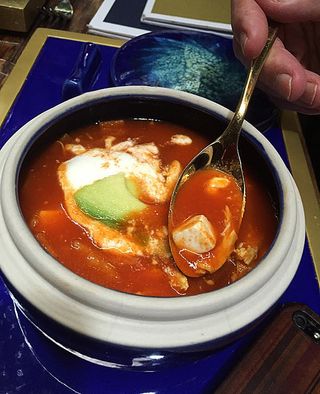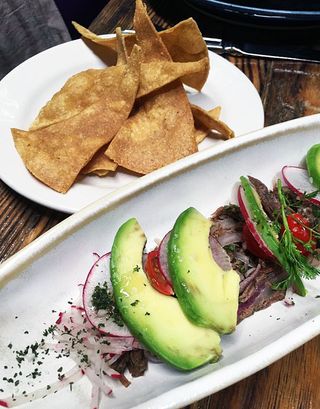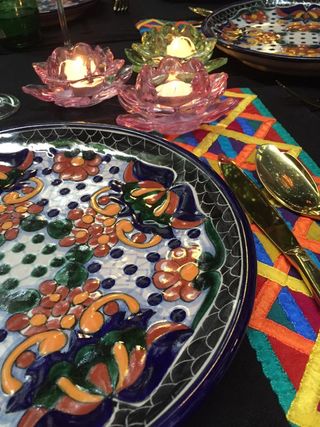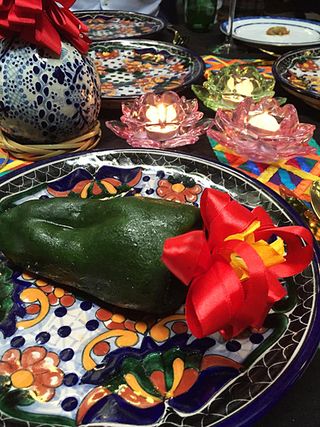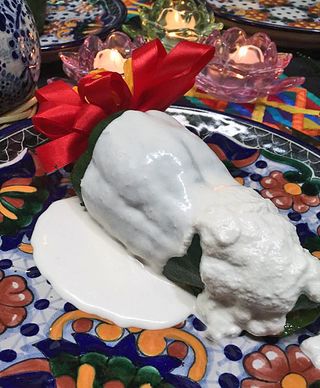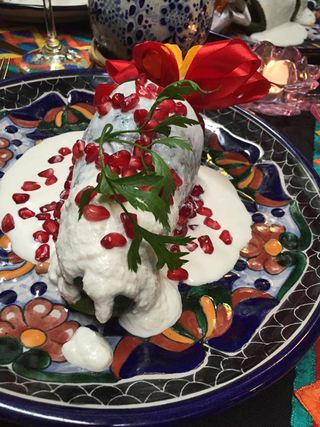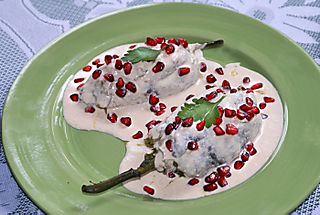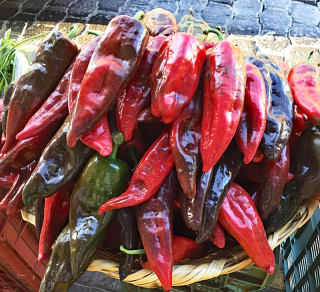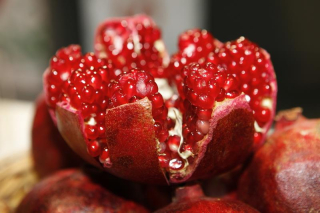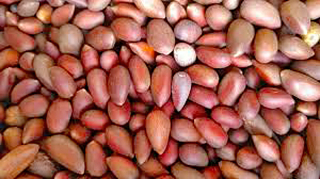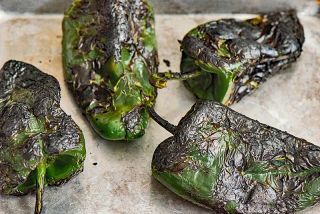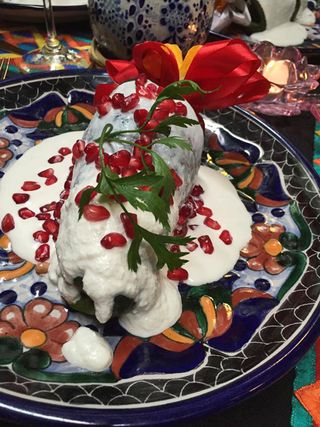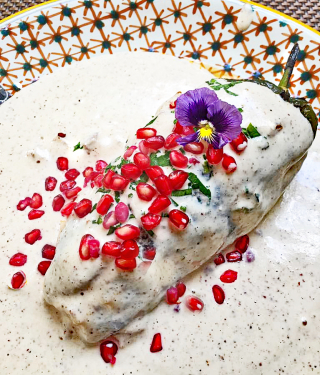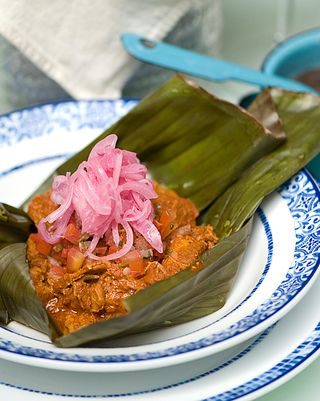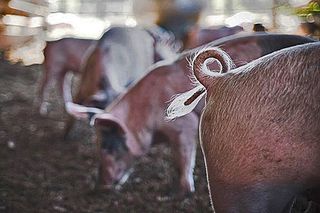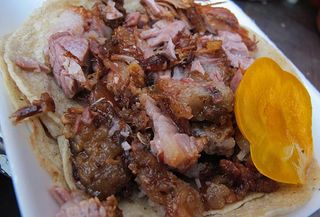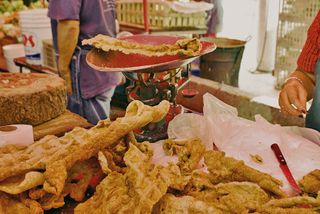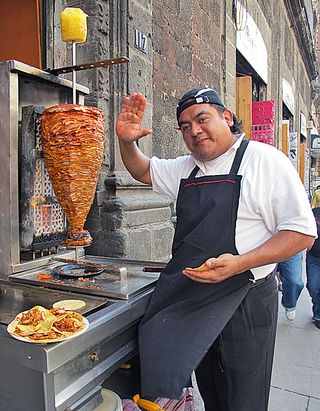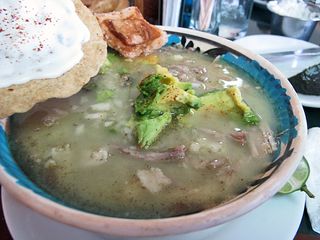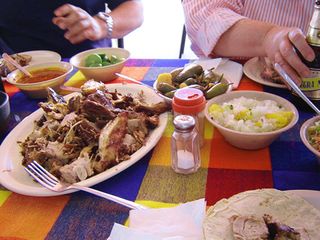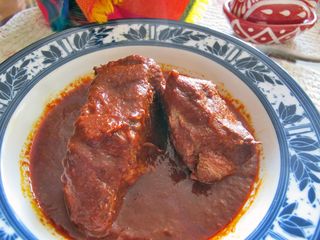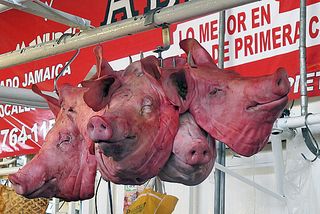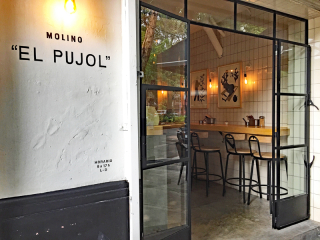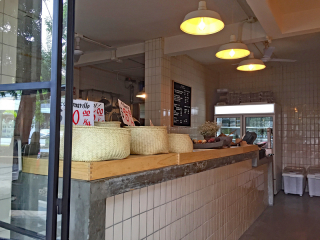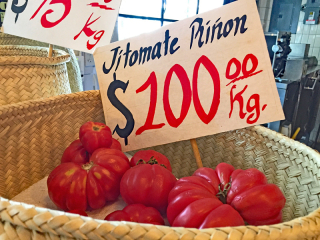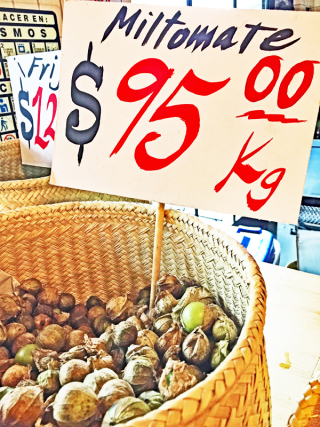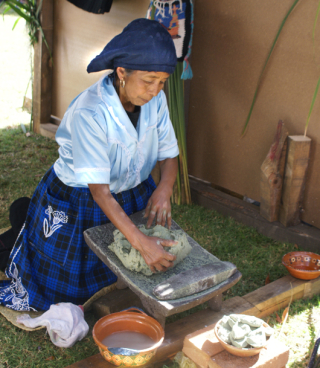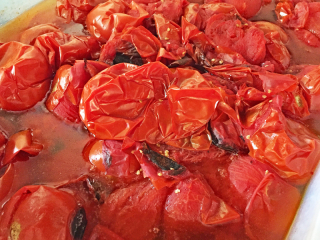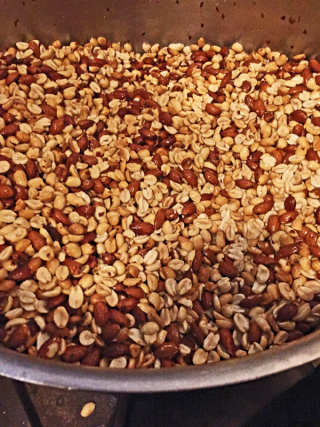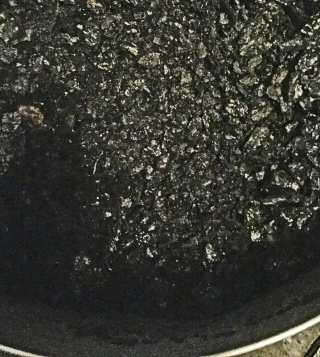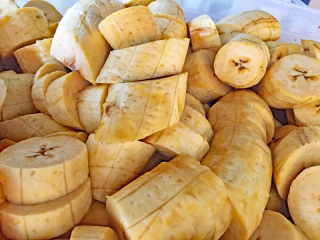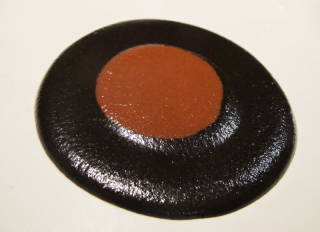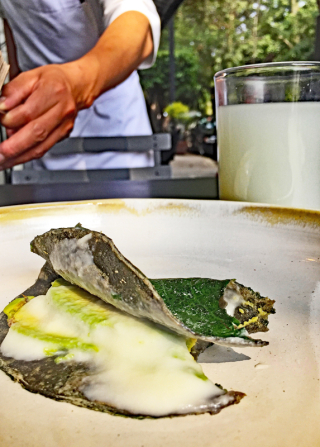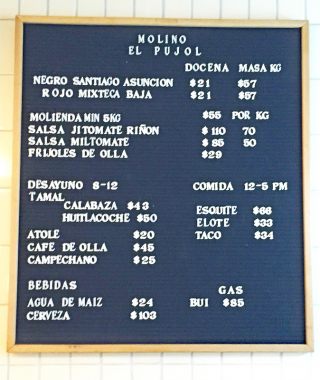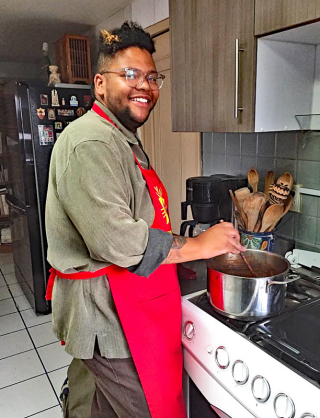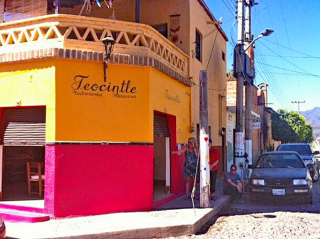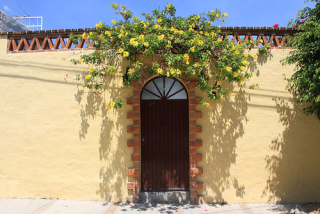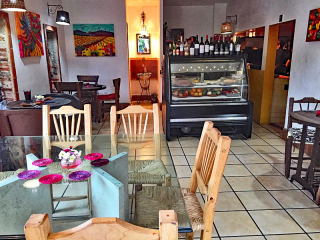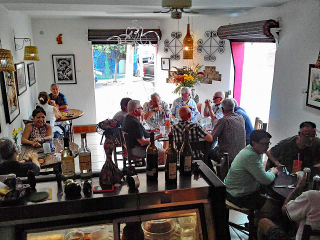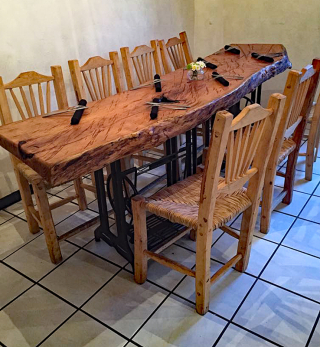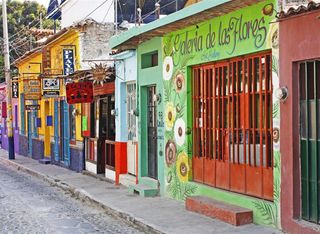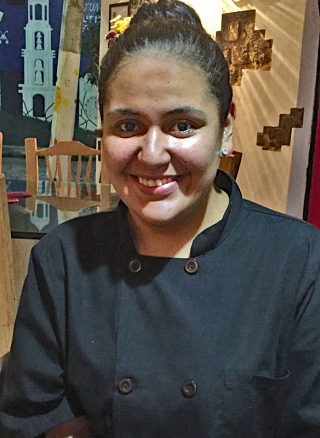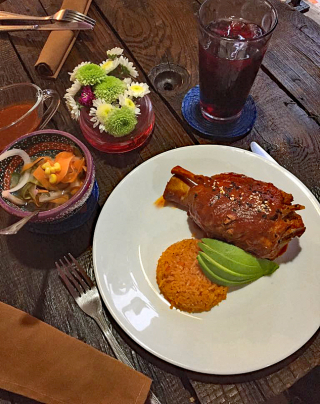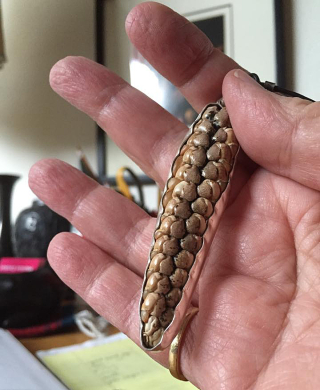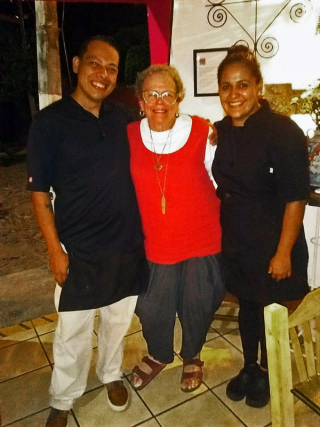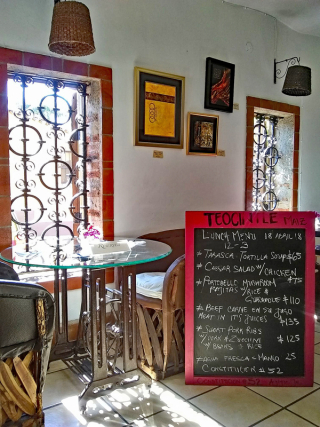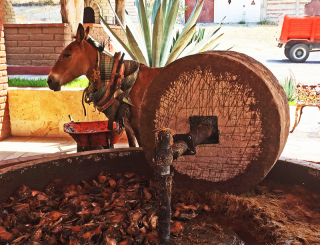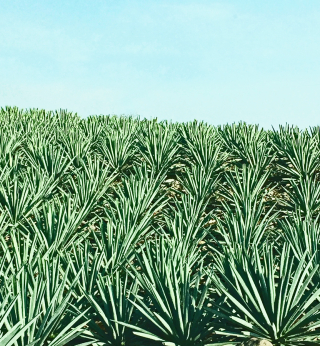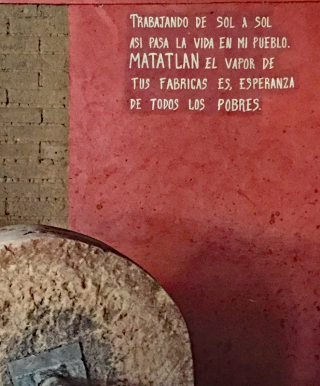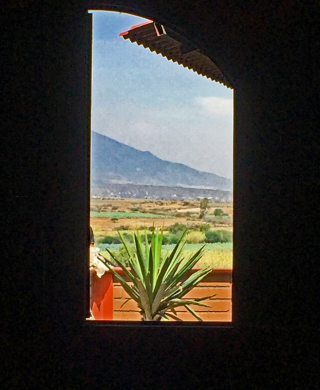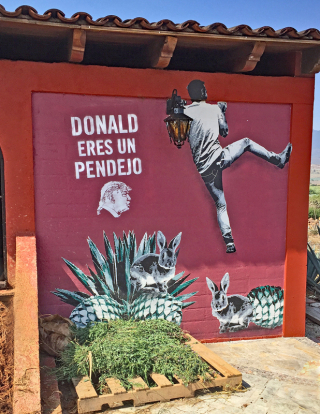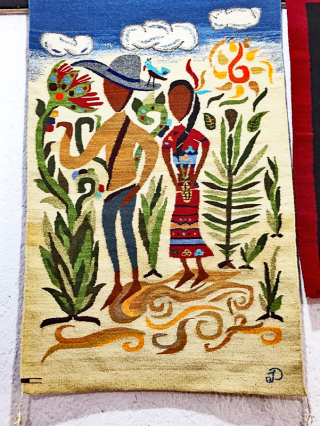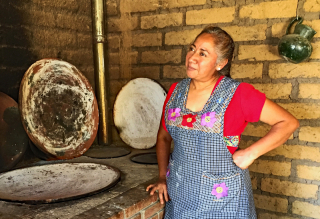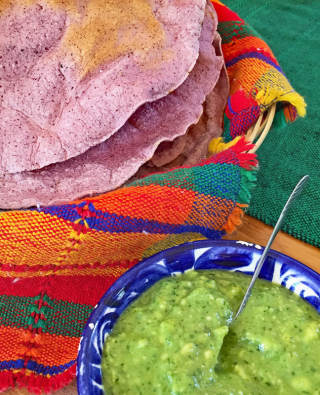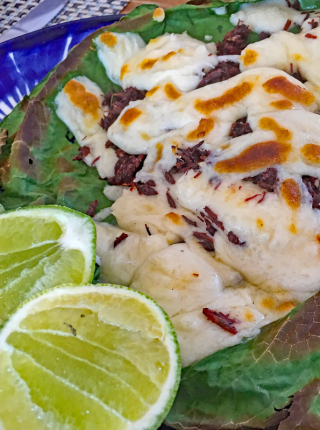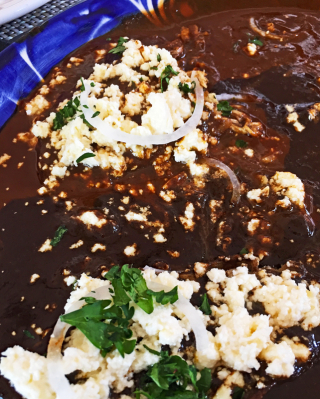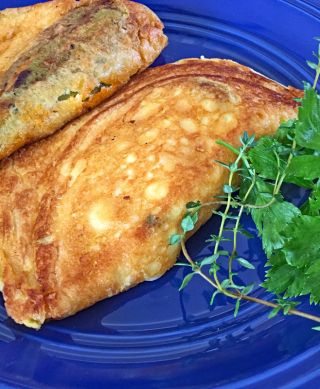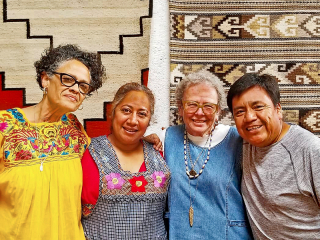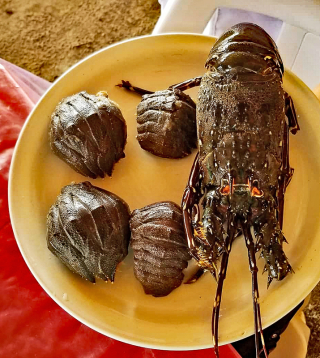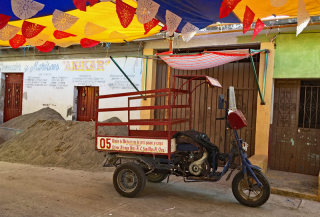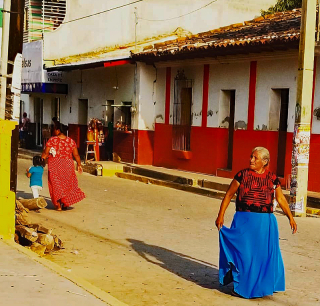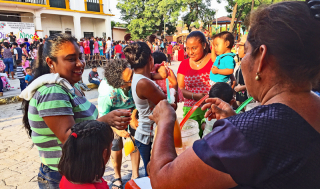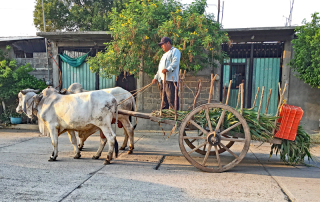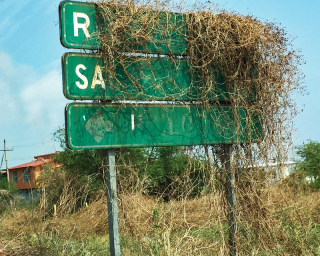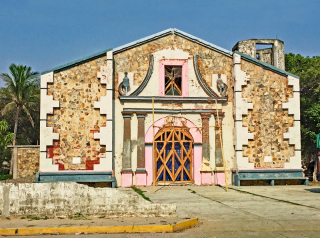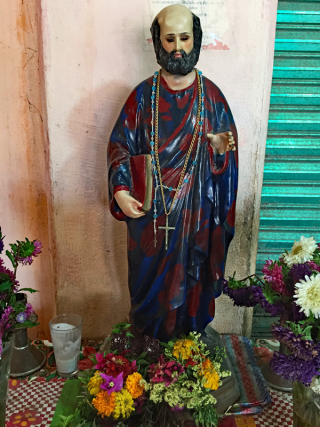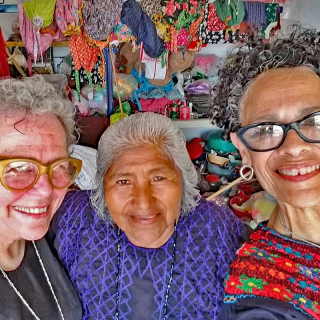
In English, the name of Restaurante La Conspiración de 1809 is, "The Plot of 1809"–plot as in spying, clandestine whispers, sneaking around, closed-door planning, state secrets, heroes, and Mexico's fight for independence. See the upside-down crown at the base of the restaurant's logo (above)? It's a clear sign that Spanish rule–the rule of the crown–was about to be overturned by the plotters. And why is this important to Morelia, Michoacán? Morelia is where the plotting started–the plot that would eventually bring about Mexico's independence from Spain. Little clues all over the restaurant's interior let the diner in on the plot. If you see something unusual while you're dining, ask what it means! But shhhh… All photos courtesy La Conspiración unless otherwise noted.
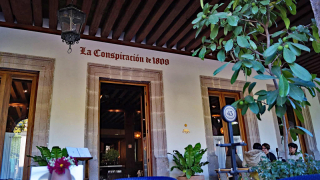
Located in the recently renovated Portal Allende, just behind and with a glorious view of Morelia's beautiful cathedral, La Conspiración offers the diner a choice of under-roof outdoor seating or seating in the elegant indoor rooms. The owners closely monitor the entire ambience, ensuring that a client's time at the restaurant is quiet, relaxing, and filled with delight.

In the evening, when you're relaxing at La Conspiración outside under the portales (arches), you can easily see the sky-high towers and the blue dome of the Cathedral–illuminated by soft white lighting, the lovely view will take your breath away. Photo Mexico Cooks!.
Let's talk just a little about the history of Mexico's independence from Spain–then I promise we'll talk about what's on the menu for you at La Conspiración.
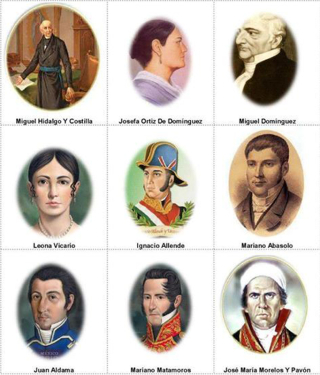
Just a few of the most important conspirators in the fight for Mexico's independence. At bottom right, wearing a white headscarf, is José María Morelos y Pavón, one of the first conspirators to join the plot. The city of Morelia, originally named Valladolid, was renamed "Morelia" in 1828, to honor his heroism during the struggle for freedom from the rule of Spain.
In September of 1809, in Valladolid (today known as Morelia), Michoacán, several people, including military man José Mariano Michelena, several other men born in Nueva España of Spanish parents, including a priest and a monk, began a secret movement with the goal of overthrowing the Spanish government of the country we now know as Mexico. Among other plans, they infiltrated a meeting of indigenous people in case it were necessary to take up arms against the Spanish, even though the preference was a peaceful takeover.
The plot was discovered on December 21, 1809 and the members were imprisoned. Nevertheless, their influence had spread roots in the states of Querétaro and Guanajuato. In San Miguel el Grande, Guanajuato, Admiral Ignacio Allende, Father Miguel Hidalgo, and Miguel Domínguez and his wife, Josefa Ortiz de Domínguez, continued to work to plot the fight for independence from Spain. On September 15, 1810, Father Hidalgo gave the cry for independence on the steps of the church of Nuestra Señora de Dolores, in what is today the city called Dolores Hidalgo, in Mexico's state of Guanajuato.

Father Hidalgo with the Estandarte de Nuestra Señora de Guadalupe, the banner with which he led the insurgents during the fight for independence.
In 1821, Spain and "Nueva España" signed the Treaty of Córdoba, ending Spain's rule over Nueva España (now Mexico).

Expect to see your attentive wait staff in elegant vintage-style uniforms at Restaurante La Conspiración de 1809. No detail has been overlooked: from staff uniforms to bar ware to unique copper bathroom fixtures, you can count on chef Martínez and Sr. González to give you the best.
Restaurante La Conspiración de 1809 opened on October 20, 2017, exactly one year ago today. Cynthia Martínez Becerril, the owner/chef, and her front-of-the-house partner Roberto González, head the restaurant and form an anchor in Portal Allende. The restaurant, open every day from 12:00 noon until midnight, offers cozy, quiet dining in a truly elegant setting, a setting where you can go in casual clothing or your best gala dress, where you can enjoy live music (even on the sidewalk) vetted by the owners, and where the food is traditional, or inventive, or bar-style, but inevitably marvelous. Everything from the courtesy-of-the-house shot glass of spicy, tangy shrimp broth to
the over-the-top desserts will delight your palate.
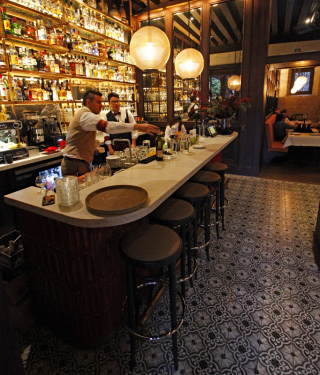
The beautiful bar, fully stocked with just about anything you might like to drink, welcomes you to La Conspiración.

Planning a private dinner party? Imagine yourself and your guests in this room, surrounded by the luxury of a hand-painted tropical mural.
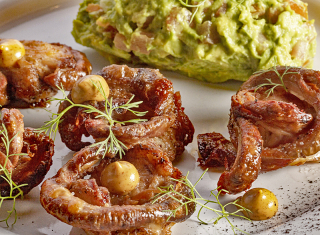
An appetizer of machitos Michoacán style to share–traditionally made of beef small intestine–served with salsa borracha (literally "drunken" sauce–made with beer) and just-made guacamole.
Sopa Tarasca, a classic soup from Michoacán's kitchen, is based on a recipe from Morelia's longtime chef, Sra. Livier Ruíz. It's topped with drizzles of Mexican table cream, fried tortilla strips, and fried black chiles. This superb version is bean-based, while another equally excellent version is not. Both versions are traditional to Michoacán.

Cream of roasted garlic soup, served with dehydrated jamón de serrano (thinly sliced crisp Spanish-style ham), crunchy tomato, and a delicious crouton of pan de agua.
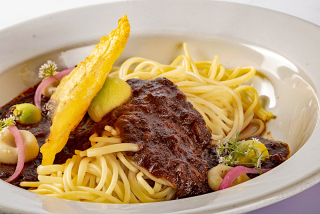
House-made mole with pasta: chef Cynthia's creation, and one that I thought might be an extremely unlikely combination of two worlds. The truth is, this dish works to satisfy you in a deep way that you'll really love.
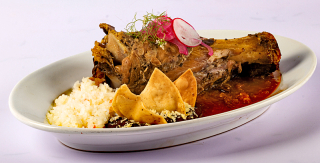
Long-cooked chamorro (pork shank), big and meaty and served in a richly spiced sauce. Accompanied by steamed rice and refried black beans.

Ribeye steak, broiled to your taste, with capers and potato wedges, plus a small salad.
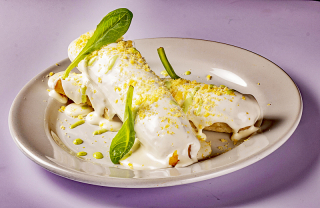
Uchepos de nata are Michoacán's fresh corn tamales. These are served with Mexican table cream, queso fresco (a crumbly fresh cheese), and molcajete-made salsa–or if you prefer, a salsa de chile poblano (poblano chile sauce).
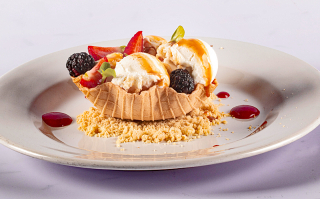
For dessert, a basket of house-made peanut marzipan ice cream with fresh seasonal fruits grown in Michoacán, one of Mexico's primary producers of strawberries, blackberries, and red raspberries.
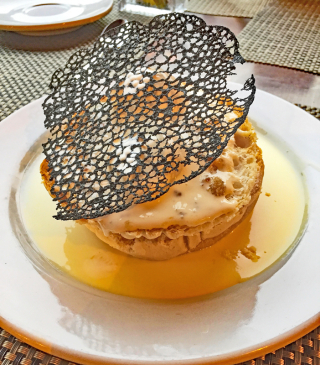
Last but not least, the completely outrageous and exquisitely sinful concha con natas, served with ice cream and English-style custard, and topped with a lacy, decorative, burned tortilla. If you've had a full meal, you might want to consider sharing this extraordinary delicacy with your dinner companion. But order it, you won't regret it. Photo courtesy Mexico Cooks!.
Provecho! (Mexico's bon appetit!)

Chef Cynthia Martínez (front, center) and part of the restaurant staff. Happy anniversary to the whole team at La Conspiración! May you have a joyous day and many more to come.
Restaurante La Conspiración de 1809
Portal Allende 209
Centro Histórico
Morelia, Michoacán 58000
Cell: 014431580443
Landline: 4436906820
Looking for a tailored-to-your-interests specialized tour in Mexico? Click here: Tours.
